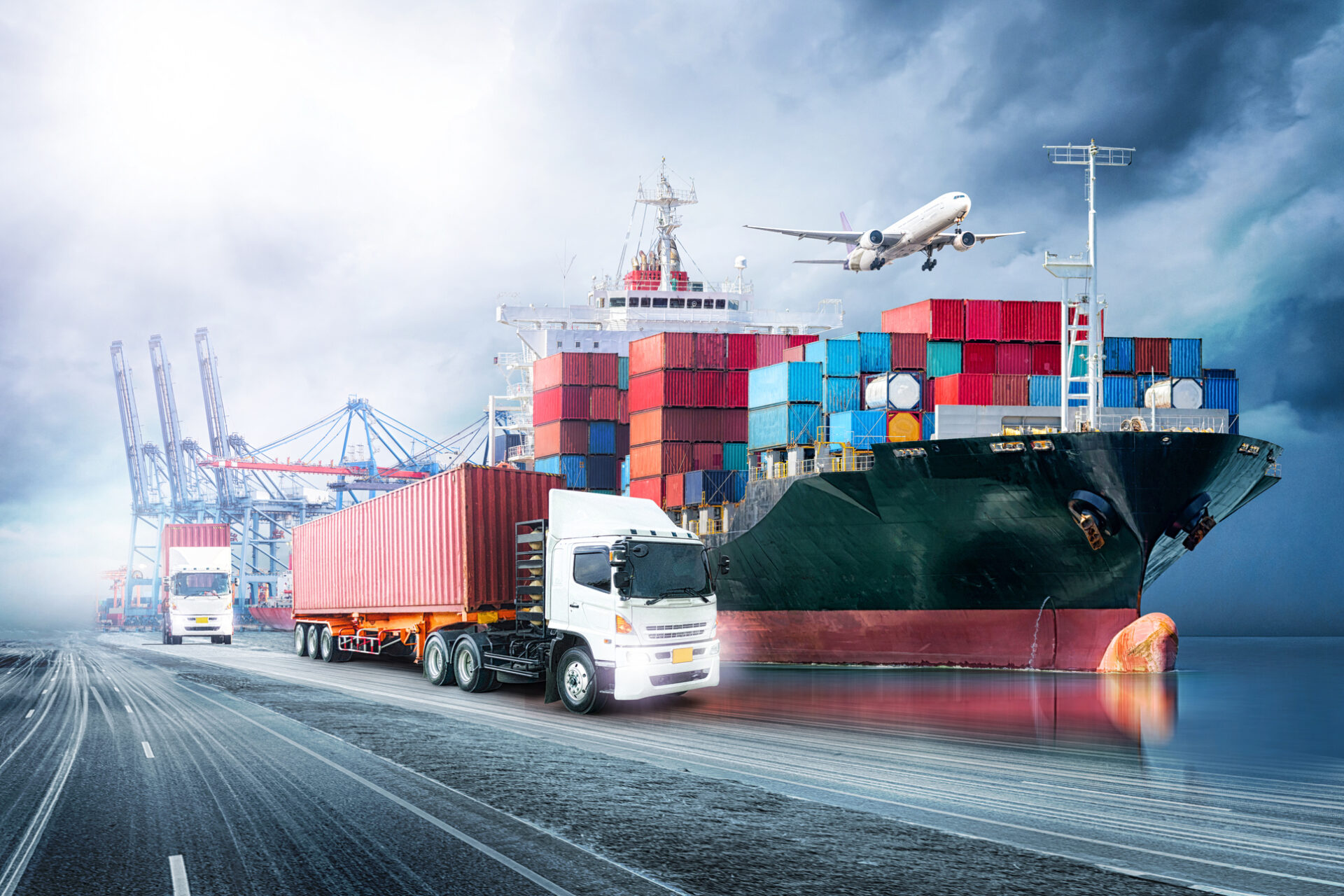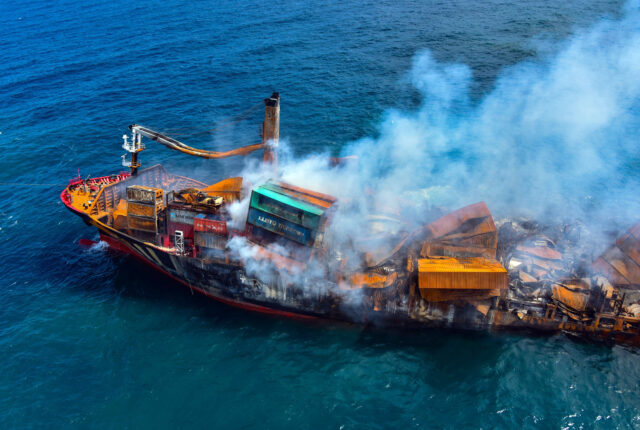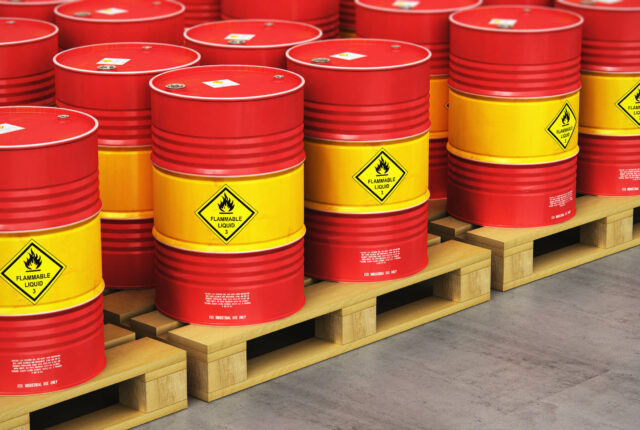
Hazardous Goods Transportation by Air, Sea, and Land: A Comparative Analysis
When it comes to transporting hazardous goods, safety should always be the top priority. Hazardous materials can pose a serious threat to people and the environment, which is why transporting them requires careful planning and execution. In this article, we will compare the transportation of hazardous goods by air, sea, and land to identify their strengths and weaknesses. By the end of this article, you will have a better understanding of which mode of transportation is best suited for your hazardous goods transportation needs.
Hazardous Goods Transportation by Air
Transporting hazardous goods by air has become increasingly popular over the years due to its speed and efficiency. However, it is important to note that air transportation of hazardous goods is heavily regulated by the International Air Transport Association (IATA) and the International Civil Aviation Organization (ICAO) to ensure safety.
Advantages of Air Transportation
- Speed: Air transportation is the fastest mode of transportation, which is ideal for time-sensitive hazardous goods.
- Accessibility: Air transportation is accessible to almost every location in the world, which is ideal for international hazardous goods transportation.
- Security: Air transportation provides a high level of security, which is crucial for hazardous goods transportation.
Disadvantages of Air Transportation
- Cost: Air transportation is the most expensive mode of transportation, which may not be suitable for all hazardous goods transportation needs.
- Limited Capacity: Airplanes have limited capacity, which may not be suitable for transporting large quantities of hazardous goods.
Hazardous Goods Transportation by Sea
Transporting hazardous goods by sea is a common method of transportation due to its affordability and capacity. However, transporting hazardous goods by sea requires compliance with the International Maritime Dangerous Goods Code (IMDG) to ensure safety.
Advantages of Sea Transportation
- Cost: Sea transportation is the most cost-effective mode of transportation, which is ideal for large quantity hazardous goods transportation.
- Capacity: Ships have a large capacity, which is ideal for transporting large quantities of hazardous goods.
Disadvantages of Sea Transportation
- Time: Sea transportation is the slowest mode of transportation, which may not be suitable for time-sensitive hazardous goods transportation.
- Accessibility: Sea transportation is limited to ports and waterways, which may not be suitable for certain hazardous goods transportation needs.
Hazardous Goods Transportation by Land
Transporting hazardous goods by land is a popular method of transportation due to its flexibility and cost-effectiveness. However, transporting hazardous goods by land requires compliance with the Hazardous Materials Regulations (HMR) to ensure safety.
Advantages of Land Transportation
- Flexibility: Land transportation provides flexibility and can be customized to meet specific hazardous goods transportation needs.
- Cost: Land transportation is cost-effective and can be suitable for small quantity hazardous goods transportation.
Disadvantages of Land Transportation
- Time: Land transportation can be slow, especially for long distances, which may not be suitable for time-sensitive hazardous goods transportation.
- Weather: Land transportation can be affected by weather conditions, which can impact the safety of hazardous goods transportation.
Comparative Analysis of Hazardous Goods Transportation by Air, Sea, and Land
Now that we have examined the advantages and disadvantages of hazardous goods transportation by air, sea, and land, let’s compare the three modes of transportation to identify their differences and similarities.
Speed
- Air transportation is the fastest mode of transportation, followed by land and sea transportation. If time is of the essence, air transportation is the ideal choice for hazardous goods transportation.
Cost
- Sea transportation is the most cost-effective mode of transportation, followed by land and air transportation. However, the cost of transportation should not compromise safety, and it is crucial to choose the mode of transportation that ensures the safe transportation of hazardous goods.
Capacity
- Sea transportation has the highest capacity, followed by land and air transportation. If large quantities of hazardous goods need to be transported, sea transportation is the ideal choice.
Accessibility
- Air transportation is accessible to almost every location in the world, followed by land and sea transportation. If hazardous goods need to be transported to a remote location, air transportation is the ideal choice.
Safety
- All three modes of transportation are regulated by international organizations to ensure the safe transportation of hazardous goods. However, the level of safety varies depending on the mode of transportation, and it is crucial to choose the mode of transportation that provides the highest level of safety.
Transporting hazardous goods is a complex process that requires careful planning and execution. In this article, we have compared hazardous goods transportation by air, sea, and land to identify their strengths and weaknesses. Each mode of transportation has its advantages and disadvantages, and it is crucial to choose the mode of transportation that meets the specific needs of hazardous goods transportation. Safety should always be the top priority when transporting hazardous goods, and it is important to comply with the regulations set forth by international organizations to ensure the safe transportation of hazardous goods.






